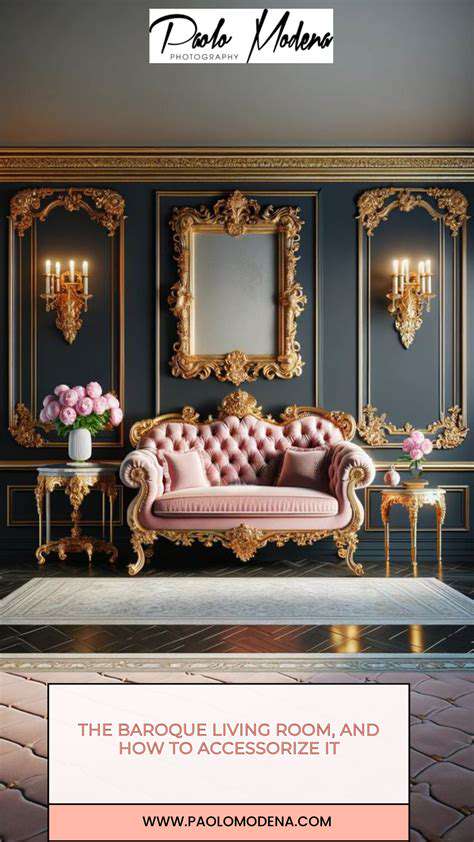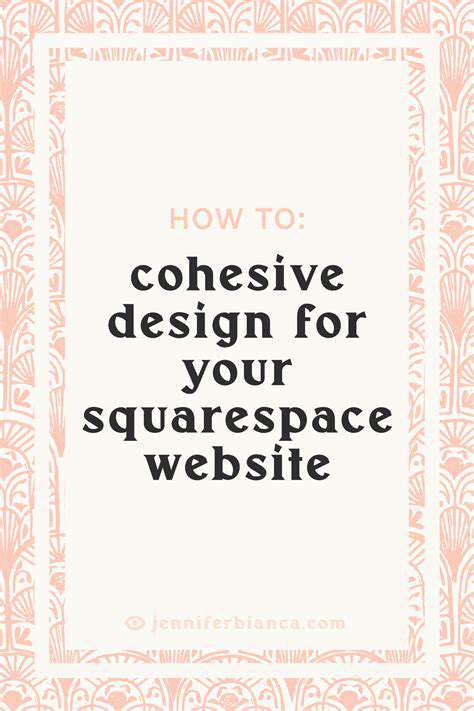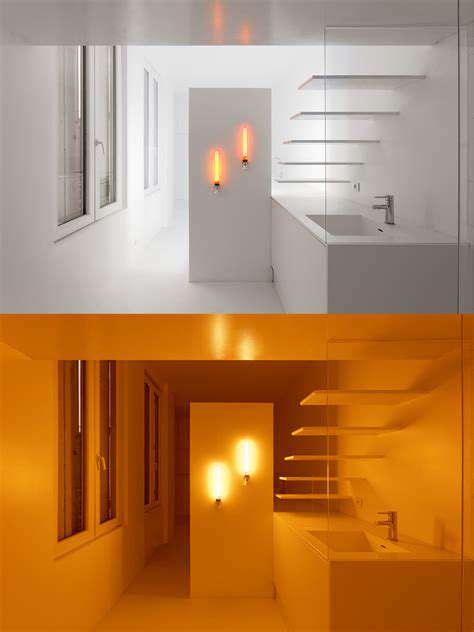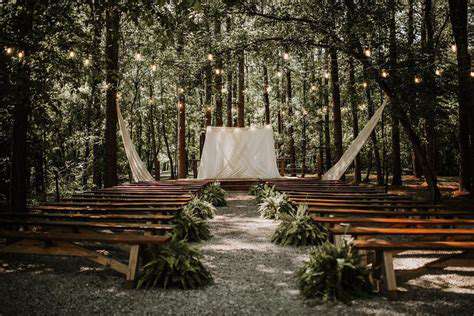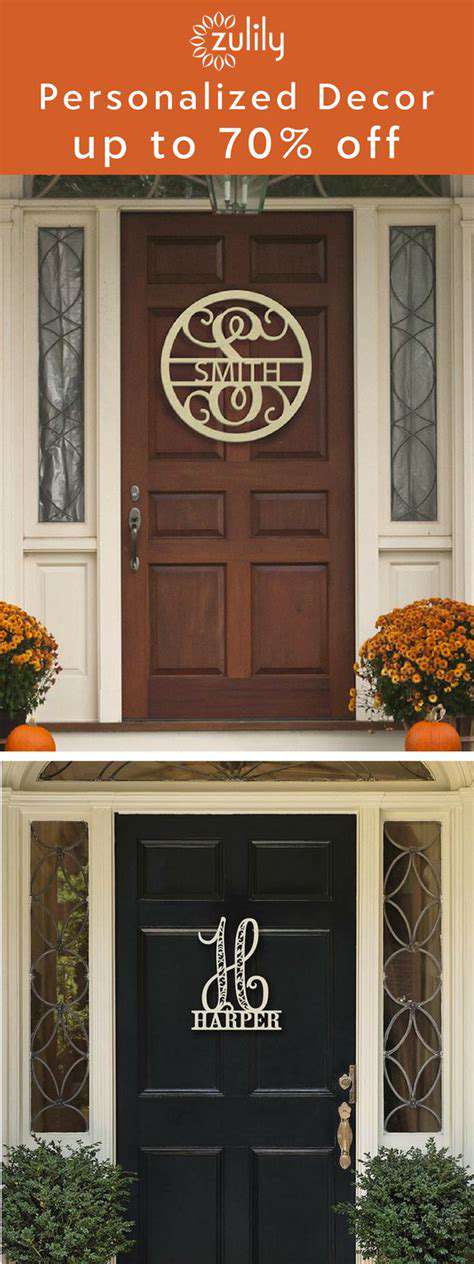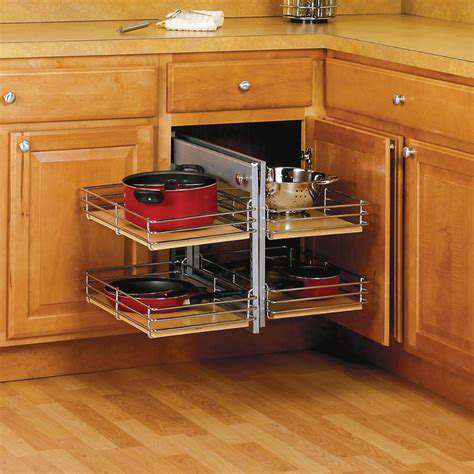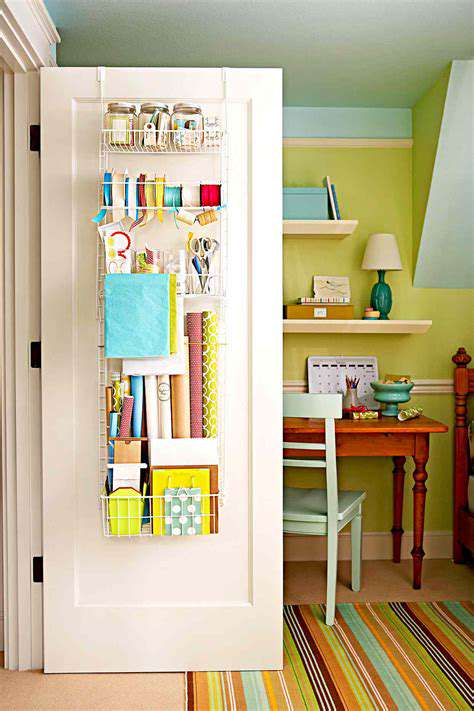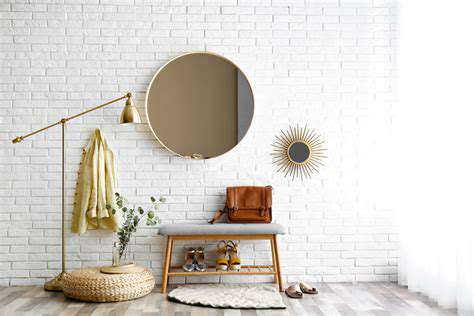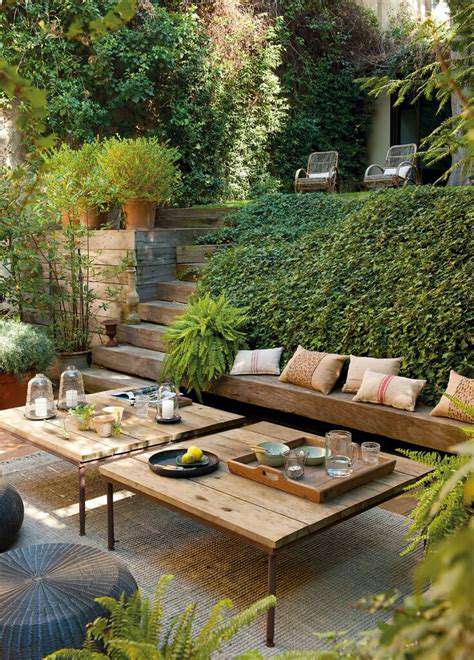Modern Home Lighting Design with Accent and Mood Lighting Options
Mastering Modern Lighting Techniques for Home Design
Modern lighting solutions require strategic planning to balance aesthetics and functionality. Track lights, sconces, and recessed fixtures each serve unique purposes in creating layered illumination.
Understanding Accent Lighting in Modern Home Design
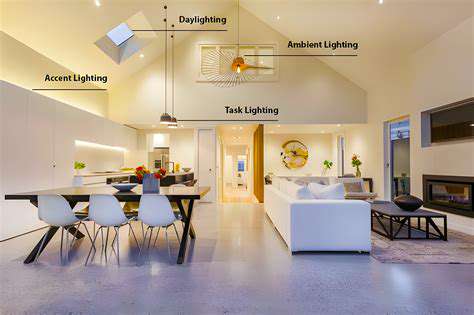
Defining Accent Lighting
Accent lighting acts as a design tool to emphasize focal points like artwork or architectural elements. Its power lies in creating contrast - think of it as visual punctuation that guides the eye. For instance, directional spotlights can transform a blank wall into a gallery space by highlighting framed photographs or sculptures.
Why Accent Lighting Matters
- Elevates room dimensions through strategic shadows
- Creates rhythm in large spaces
- Adds personality to minimalist designs
Recent studies show that properly implemented accent lighting can increase perceived property value by up to 20%. A well-lit architectural niche or art collection becomes a conversation starter that elevates entire spaces.
Fixture Selection Guide
Track systems offer adjustable flexibility - perfect for rotating art displays. Wall sconces with adjustable arms work wonders in hallways, while recessed eyeball lights provide subtle drama in media rooms. Consider beam angles carefully: 25-30° spots create intense focus, while 45° washes gently illuminate larger areas.
Installation Best Practices
Position lights at 30-45° angles to avoid glare. For artwork, maintain a distance of 1.5x the artwork height between light source and piece. Smart dimmers allow dynamic control - dim lights to 70% brightness for evening ambiance while maintaining visual impact.
Crafting Emotional Spaces Through Mood Lighting
The Science of Atmosphere
Mood lighting directly impacts circadian rhythms. Warm 2700K tones trigger melatonin production for relaxation, while 4000K cool white boosts concentration. Hybrid fixtures with tunable white technology now allow gradual daytime-to-evening transitions.
Implementation Techniques
Combine these elements for dynamic spaces:- Cove lighting with RGBW strips for color washing- Table lamps with triple-layer shades for diffused glow- Pendant clusters with individual dimming controls
Smart Integration
Modern systems like Lutron Ketra automatically adjust color temperature throughout the day. Morning light mimics sunrise (2000K), midday matches natural light (5000K), and evening transitions to candlelight warmth (1800K). This biological alignment reduces eye strain and improves sleep quality.
Layered Lighting Strategies
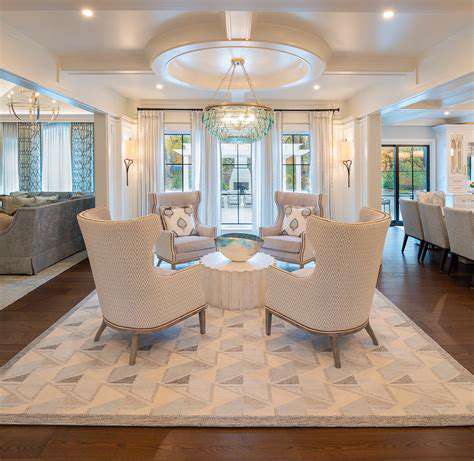
The Three-Tier Approach
1. Ambient: 30-50 foot-candles for general visibility2. Task: 50-75 foot-candles focused on work areas3. Accent: 3x ambient level for feature highlighting
Energy-Smart Solutions
LED panels now achieve 150 lumens/watt efficiency. Pair with occupancy sensors to reduce energy use by 30-50%. For example, kitchen under-cabinet lights can activate only when motion is detected.
Emerging Lighting Technologies
Human-Centric Innovations
New circadian LED chips mimic natural daylight cycles. Philips' Hue Sync matches lighting to screen content for immersive viewing. These advancements blur the line between functional and experiential lighting.
Sustainable Materials
Manufacturers now offer fixtures using recycled aluminum (85% post-consumer content) and biodegradable diffusers. The latest UL certifications ensure both safety and environmental compliance.
Practical Implementation Guide
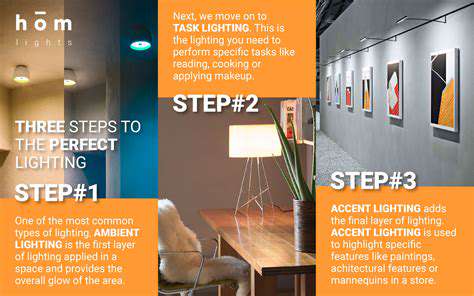
Room-Specific Strategies
Living Rooms: Layer floor lamps (ambient) with picture lights (accent) and reading nook spots (task)Kitchens: Combine under-cabinet strips (task) with pendant clusters (ambient) and glass-front cabinet lighting (accent)
Budget-Friendly Tips
Use plug-in track systems instead of hardwired installations. Repurpose vintage fixtures with LED retrofits - a 2023 Houzz survey showed 68% of designers now recommend this sustainable approach.
